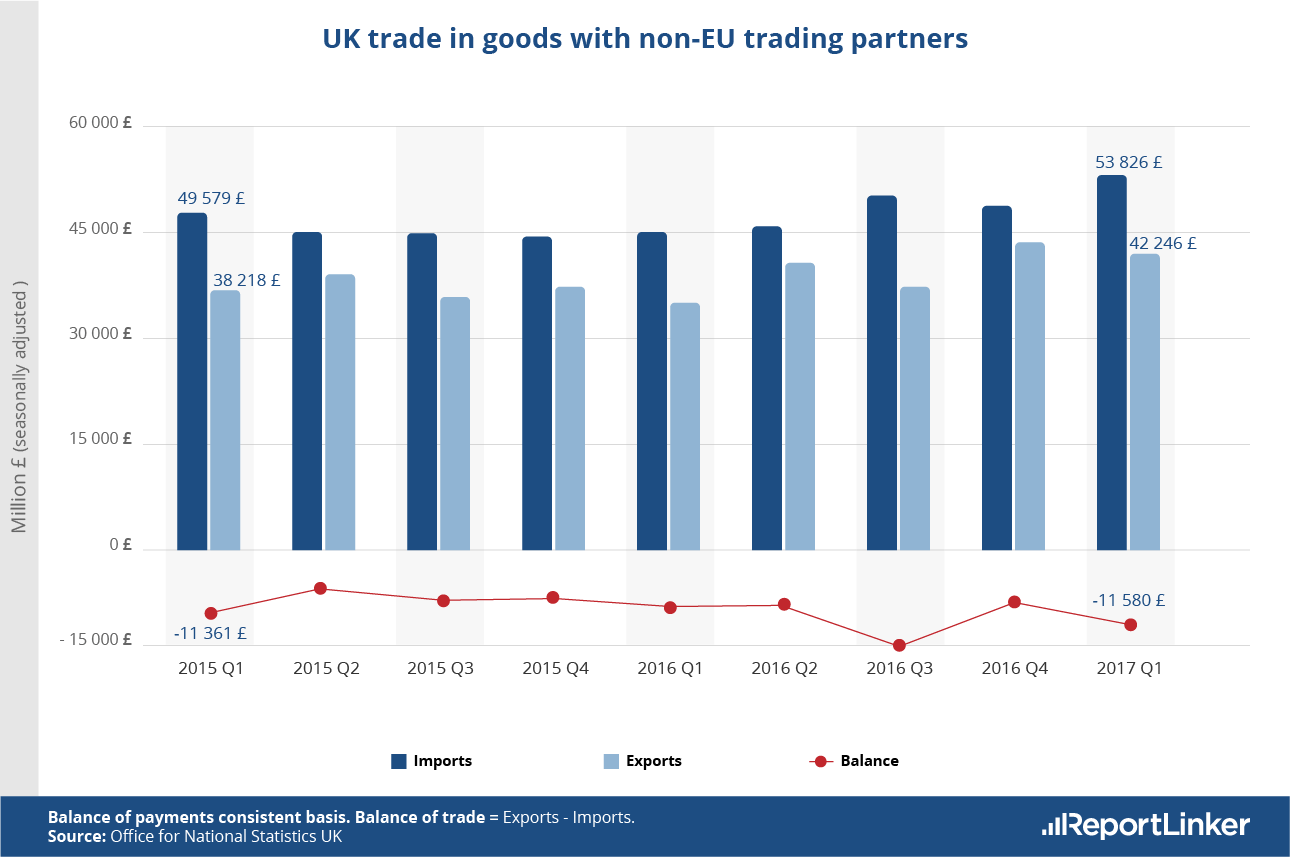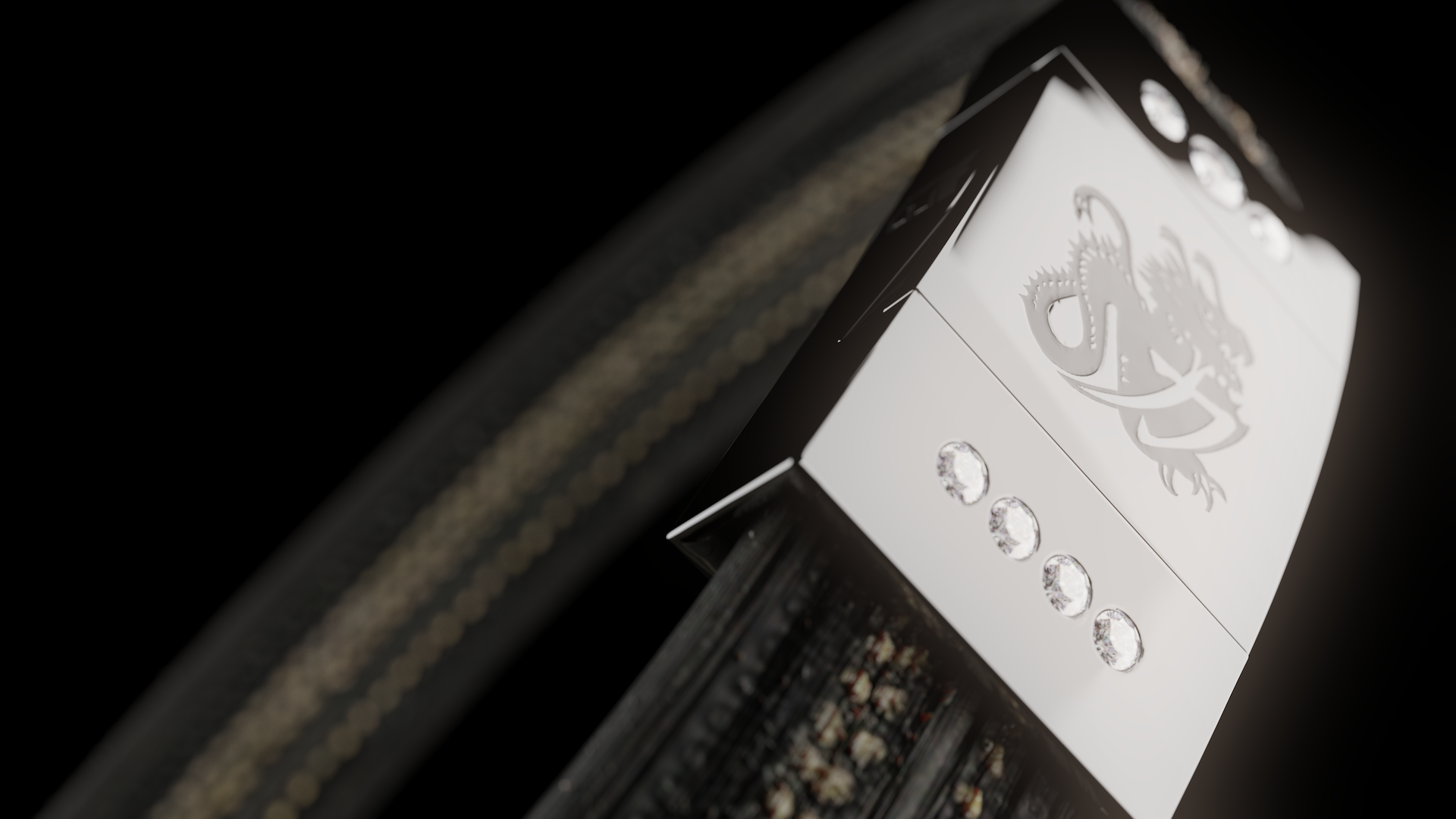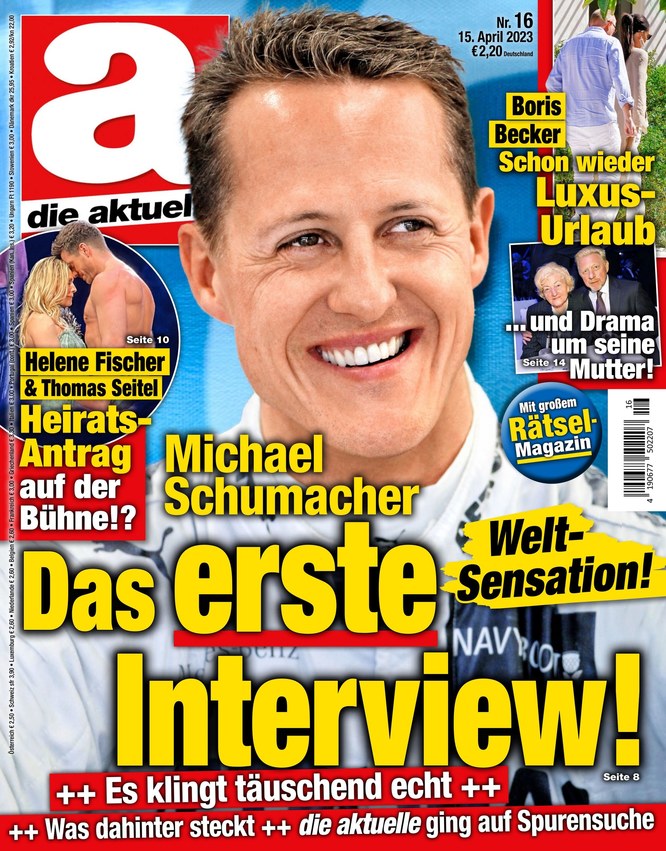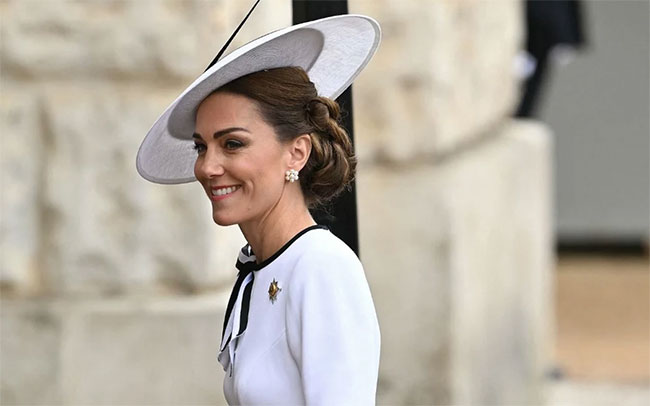Luxury Goods Exports From UK To EU: The Brexit Bottleneck

Table of Contents
Increased Customs Procedures and Delays
Brexit has introduced significant complexities to the process of exporting luxury goods from the UK to the EU. New customs checks, declarations, and paperwork have dramatically increased processing times and administrative burdens for businesses. This has created a significant bottleneck, impacting the smooth flow of high-value goods across borders.
- Increased processing times at borders: Goods now face lengthy delays at customs checkpoints, leading to disruptions in supply chains and potentially impacting the timely delivery of goods to customers. This is particularly problematic for time-sensitive products.
- Higher administrative costs for businesses: The increased paperwork and the need for specialized customs expertise significantly increase the operational costs associated with exporting luxury goods. Businesses now require dedicated personnel or external consultants to manage the complex customs procedures.
- Risk of delays and spoilage for perishable luxury items: For perishable luxury items, such as high-end food and wine, delays at customs can lead to spoilage and significant financial losses. The added time in transit increases the risk of product degradation, impacting quality and value.
- Increased logistical complexities for handling delicate items: Luxury goods often require specialized handling and transportation to prevent damage. The additional customs checks and delays can further complicate logistics and increase the risk of damage during transit. This necessitates careful planning and potentially higher insurance costs.
Non-Tariff Barriers and Regulatory Hurdles
Beyond customs procedures, non-tariff barriers and differing regulatory standards between the UK and EU pose significant challenges for luxury goods exporters. These complexities add considerable cost and administrative burden to the process.
- Compliance costs associated with meeting varying EU standards: Luxury goods often need to meet specific EU standards and regulations regarding labeling, packaging, and materials. Ensuring compliance can be costly and time-consuming, particularly for businesses unfamiliar with the intricacies of EU regulations.
- Certification requirements and product labeling changes: Products may require different certifications and labels to meet EU requirements, adding extra cost and complexity to the export process. Failure to meet these requirements can lead to goods being rejected at the border.
- Potential for goods to be rejected due to non-compliance: Non-compliance with EU regulations can result in goods being rejected at the border, leading to significant financial losses and reputational damage for the exporting business. Thorough due diligence is crucial to avoid such scenarios.
- Impact on brand reputation due to delays or rejected shipments: Delays and rejected shipments can negatively impact a brand's reputation, particularly within the highly image-conscious luxury goods sector. Maintaining a reliable and efficient supply chain is critical for preserving brand value and customer trust.
The Impact on UK Luxury Brands
The Brexit-related challenges have demonstrably impacted UK luxury brands and their market share within the EU. The increased costs and complexities have created a significant hurdle for many businesses.
- Case studies showcasing individual brands affected by export complexities: Several high-profile UK luxury brands have publicly acknowledged the difficulties they face exporting to the EU post-Brexit, highlighting the impact on their bottom lines and operational efficiency. Specific examples can be cited here to illustrate the impact.
- Decline in sales figures for luxury goods exported to the EU post-Brexit: Statistical data demonstrating a decline in sales of UK luxury goods to the EU since Brexit can be included here. This data provides a quantitative measure of the problem's scale.
- Strategies employed by businesses to mitigate Brexit-related issues: Some businesses have responded by investing in new technology, streamlining logistics, or employing specialized customs brokers. These strategies, while helpful, often come with considerable additional costs.
- Potential loss of market share to competitors from within the EU: The added complexities and costs associated with exporting from the UK have enabled EU-based competitors to gain a competitive advantage, potentially leading to a loss of market share for UK luxury brands.
Solutions and Mitigation Strategies
While the Brexit bottleneck presents significant challenges, several solutions and mitigation strategies can help UK luxury goods exporters navigate the new trading landscape.
- Investing in customs compliance software and expertise: Specialized software and expert knowledge can streamline customs procedures, reduce errors, and improve efficiency. This is a crucial investment for businesses serious about maintaining their EU market presence.
- Streamlining logistics and supply chains: Optimizing logistics and supply chains can minimize delays and reduce the risk of disruptions. This includes strategic partnerships with EU-based logistics providers.
- Building stronger relationships with EU-based distributors: Collaborating with established distributors within the EU can alleviate some of the challenges associated with customs and logistics.
- Advocating for improved trade agreements between the UK and EU: Industry bodies and individual businesses can advocate for improved trade agreements that simplify customs procedures and reduce regulatory hurdles.
- Diversifying export markets beyond the EU: Reducing reliance on the EU market by expanding into other regions can provide a buffer against Brexit-related disruptions.
Conclusion
The Brexit bottleneck has presented significant challenges for UK luxury goods exporters, leading to increased customs procedures, regulatory hurdles, and a negative impact on UK brands. These challenges have considerable financial and reputational implications. Understanding and adapting to this new trading landscape is crucial for the continued success of the UK luxury goods sector in the EU market. Businesses exporting luxury goods from the UK to the EU must proactively address this bottleneck by investing in efficient solutions and advocating for improved trade relations. Understanding the complexities of luxury goods exports from the UK to the EU is crucial for future success.

Featured Posts
-
 Hidden Conflicts New Light Shed On Agatha Christies Literary Battles Through Private Correspondence
May 20, 2025
Hidden Conflicts New Light Shed On Agatha Christies Literary Battles Through Private Correspondence
May 20, 2025 -
 F1 Champions Support Bolsters Mick Schumachers Cadillac Bid
May 20, 2025
F1 Champions Support Bolsters Mick Schumachers Cadillac Bid
May 20, 2025 -
 Primul Nepot Al Lui Michael Schumacher O Familie Fericita
May 20, 2025
Primul Nepot Al Lui Michael Schumacher O Familie Fericita
May 20, 2025 -
 Jennifer Lawrences Backless Bridal Inspired Look First Public Appearance Since Second Childs Birth
May 20, 2025
Jennifer Lawrences Backless Bridal Inspired Look First Public Appearance Since Second Childs Birth
May 20, 2025 -
 Chivas Regals Collaboration With Charles Leclerc Details And Impact
May 20, 2025
Chivas Regals Collaboration With Charles Leclerc Details And Impact
May 20, 2025
Latest Posts
-
 Paulina Gretzky Dustin Johnsons Wife Career And Family Life
May 20, 2025
Paulina Gretzky Dustin Johnsons Wife Career And Family Life
May 20, 2025 -
 Sofrep News Houthi Missile Intercept Russias Amnesty International Ban
May 20, 2025
Sofrep News Houthi Missile Intercept Russias Amnesty International Ban
May 20, 2025 -
 Paulina Gretzkys Playdate Style Mini Dress Look
May 20, 2025
Paulina Gretzkys Playdate Style Mini Dress Look
May 20, 2025 -
 Israel Intercepts Missile Targeting Ben Gurion Airport Russia Cracks Down On Amnesty International Sofrep Evening Brief
May 20, 2025
Israel Intercepts Missile Targeting Ben Gurion Airport Russia Cracks Down On Amnesty International Sofrep Evening Brief
May 20, 2025 -
 Sofrep Evening Brief Israel Thwarts Yemen Missile Attack Russia Bans Amnesty International
May 20, 2025
Sofrep Evening Brief Israel Thwarts Yemen Missile Attack Russia Bans Amnesty International
May 20, 2025
